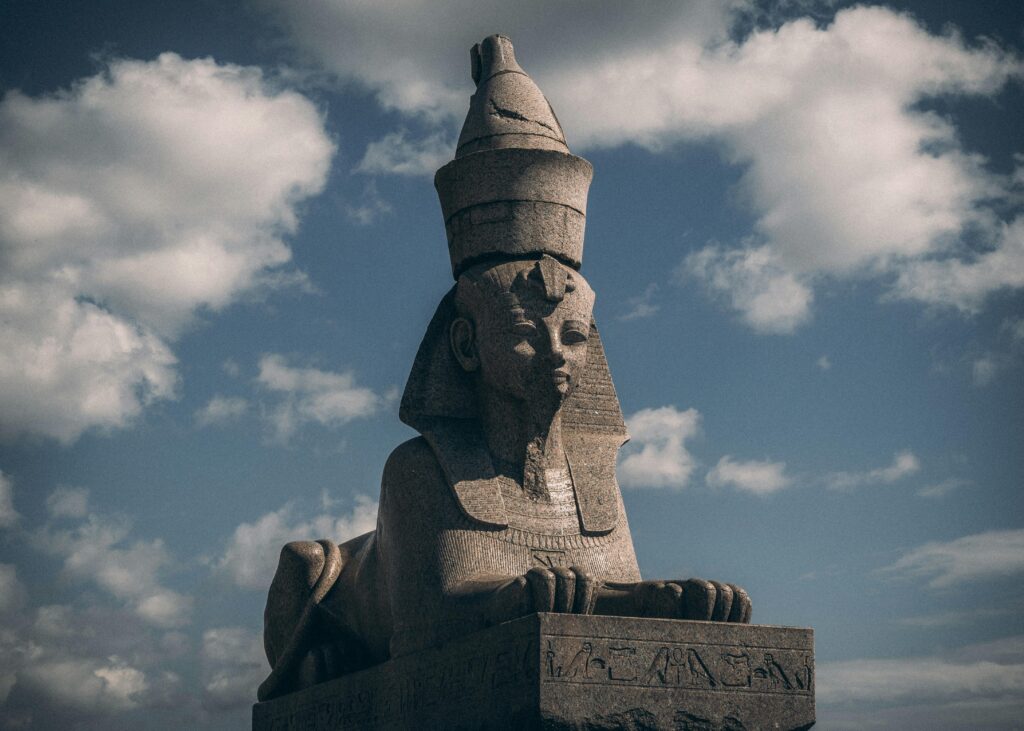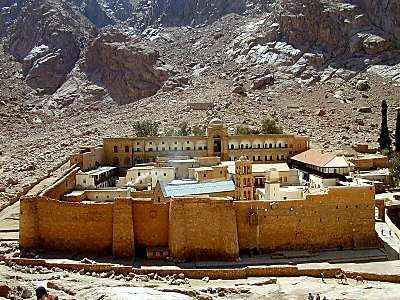The ancient St Catherines Monastery Egypt site, one of the most sacred places in the world, is at the center of a fierce dispute over Egypt’s plans to transform Mount Sinai into a luxury mega-resort. The 6th-century monastery, revered by Jews, Christians, and Muslims, has stood for centuries as a symbol of peace and spirituality. Now, large-scale tourism development threatens to alter the landscape and traditions that surround it forever.
A Sacred Site with Global Reverence
St Catherine’s Monastery Egypt is the world’s oldest continuously used Christian monastery. Located at the foot of Mount Sinai, or Jabal Musa, it is traditionally believed to be the place where Moses received the Ten Commandments. The site also hosts what many consider to be the biblical burning bush, where God spoke to the prophet.
Operated by the Greek Orthodox Church, the monastery is recognized as a UNESCO World Heritage site. Its significance extends beyond Christianity—it has been revered for centuries by Muslims and Jews as well. The presence of both a Byzantine-era monastery and a small Fatimid mosque underlines its history as a beacon of interfaith coexistence.
Egypt’s Great Transfiguration Project
In 2021, Egypt launched the Great Transfiguration Project, a state-backed plan to build hotels, villas, shopping complexes, and even a cable car system on and around Mount Sinai. Officials describe it as “Egypt’s gift to the entire world and all religions,” promising modern facilities for visitors, expanded infrastructure, and new jobs.
However, critics argue the project has already caused irreversible damage to the sacred area. Traditional Bedouin communities, including the Jebeleya tribe known as the Guardians of St Catherine, have been uprooted. Eco-camps and homes were demolished with little or no compensation, and in some cases, graves had to be moved to make way for construction.
Growing Tensions Between Greece and Egypt
The dispute has not only angered locals but has also strained diplomatic ties. In May, an Egyptian court ruled that the land on which St Catherine’s Monastery stands belongs to the state, granting the monks only the right to use it.
This ruling sparked outrage in Greece, where church leaders and officials accused Egypt of expropriating sacred land. Archbishop Ieronymos II of Athens called the decision an “existential threat” to Orthodoxy. Archbishop Damianos of St Catherine’s, in a rare interview, described the judgment as a “grave blow.”
Following intense diplomatic pressure, Greece and Egypt issued a joint declaration promising to preserve the monastery’s Greek Orthodox identity and cultural heritage. Still, the ruling remains in place, leaving the monastery’s future uncertain.
UNESCO and International Concerns
The UNESCO World Heritage Committee has repeatedly raised alarms about the development. In 2023, it urged Egypt to halt construction and submit a conservation plan. None of these steps have been implemented.
Campaigners, including World Heritage Watch, have called for St Catherine’s to be placed on the “Sites in Danger” list. Even King Charles III, as patron of the St Catherine Foundation, has voiced concerns, describing the monastery as “a great spiritual treasure that should be maintained for future generations.”
Despite these warnings, construction continues. The Plain of el-Raha, historically believed to be where the Israelites waited for Moses, has already been transformed with new roads and building sites.

Impact on the Bedouin Community
For centuries, the Jebeleya Bedouin have acted as custodians of St Catherine’s Monastery Egypt, guiding pilgrims and maintaining eco-tourism camps. Today, they are being pushed aside in favor of state-driven industrial tourism.
Egyptian journalist Mohannad Sabry noted that this mirrors the development of Red Sea resorts like Sharm el-Sheikh in the 1980s, when Bedouin communities were excluded from economic gains and physically displaced. Many fear the same fate now awaits the Jebeleya, despite government promises to “upgrade” their residential areas.
Tourism Growth vs. Sacred Preservation
Egypt’s government defends the project as essential to revitalizing its economy. Tourism, badly hit by the pandemic and ongoing regional instability, is seen as a key growth sector. The state aims to attract 30 million tourists annually by 2028.
Yet, the transformation of Mount Sinai raises difficult questions: Can spiritual and cultural heritage be preserved alongside mass tourism? Critics argue the development is erasing centuries of history and spiritual connection, replacing them with luxury resorts that primarily serve outsiders.
Conclusion
The St Catherine’s Monastery Egypt site stands at a crossroads. On one hand, it is a sacred space revered worldwide, a place where faith, history, and culture converge. On the other, it is now the centerpiece of Egypt’s latest mega-project, aimed at boosting tourism and economic growth.
For the monastery’s monks, the Bedouin community, and millions of pilgrims worldwide, the stakes could not be higher. As bulldozers reshape the desert landscape, the challenge is whether development and preservation can coexist—or whether one of the world’s most spiritual treasures will be irreversibly transformed.
Source: BBC News


